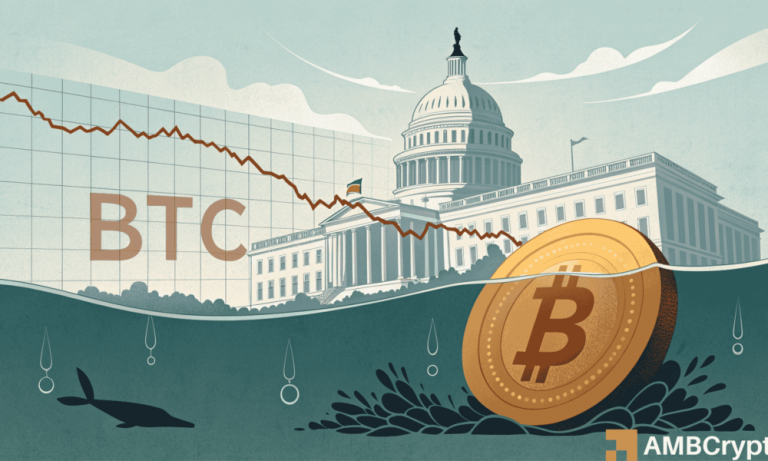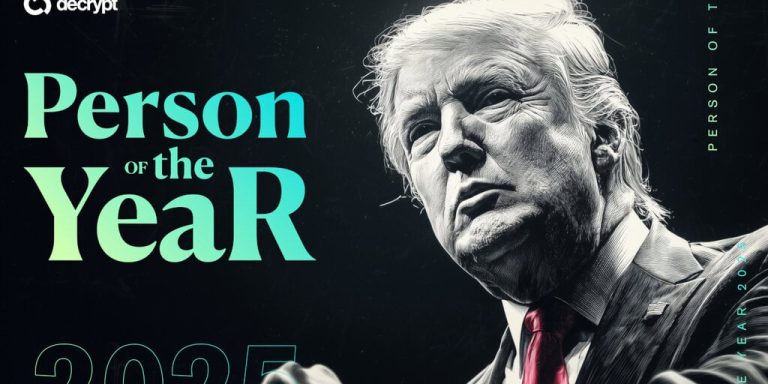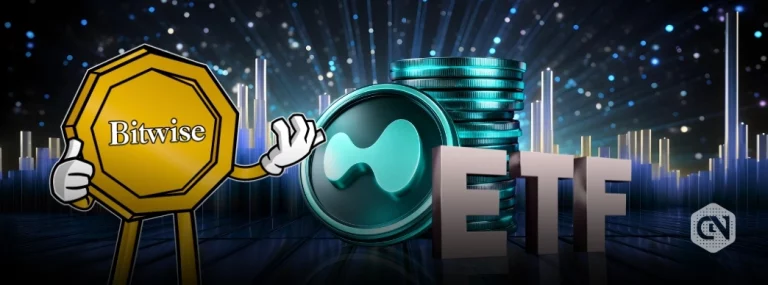
Monad Mainnet Officially Launches: A Mixed Start
On November 24, 2025, Monad, a Layer-1 blockchain, unveiled its highly anticipated mainnet and released its native token, MON. While the token saw an impressive 30% surge immediately after launch, the event wasn’t without its hurdles. Early adopters and crypto enthusiasts voiced concerns over operational hiccups that tarnished the debut. This article unpacks the highlights and challenges faced by Monad and explores the road ahead for this innovative blockchain platform.
Technical Challenges During Launch
Although Monad boasts advanced architecture, including a capable MonadBFT consensus and parallel transaction processing, its launch revealed significant technical shortcomings:
- Token Claim Issues: Many participants of Monad’s public sale reported delays of up to 20 minutes in claiming their tokens. Users also noted that some received fewer tokens than expected, causing frustration among long-term community supporters.
- DeFi Friction: Initial reports indicated that critical decentralized finance (DeFi) functions, such as swaps, lending, and bridging, were failing. These issues were particularly impactful for hardware wallet users, such as those using Ledger.
- Bridging Setbacks: Monad faced challenges with cross-chain interoperability. Investors attempting to bridge tokens with Ethereum-compatible networks encountered failed or incomplete transactions, shaking confidence in the platform.
Bright Spots: MON Token Performance
Despite early frustrations, the value of MON surged over 30% in the first 24 hours, thanks in part to listings on major exchanges such as Coinbase and Kraken. At press time, the token was trading at $0.0344, according to CoinGecko. This growth could be attributed to its controlled initial token distribution strategy. Only 10.8% of the total 100 billion MON tokens were available at launch, reducing the risk of price crashes often observed in airdrop-heavy releases.
Future Prospects for Monad
Monad’s groundbreaking technology provides an impressive foundation with the potential to process up to 10,000 transactions per second with sub-second finality. Furthermore, over 100 projects are already building on its ecosystem. Yet, the platform’s long-term success hinges on its ability to address the following:
- Resolving technical issues with DeFi tools and contract interactions.
- Improving cross-chain interoperability to strengthen investor confidence.
- Strategic and gradual unlocking of reserved tokens to maintain price stability.
Early adopters seeking wallets and tools to interact seamlessly with MON tokens may find Ledger hardware wallets a suitable option, despite initial compatibility issues that Monad plans to address.
Conclusion
The Monad mainnet launch has been both a milestone and a wake-up call for the team and community. While technical problems have sparked criticism, the ongoing price surge of MON tokens demonstrates strong market interest. As Monad addresses prevailing challenges and builds on its unique architecture, it could solidify its position as a leading Layer-1 blockchain in the future of decentralized finance.



